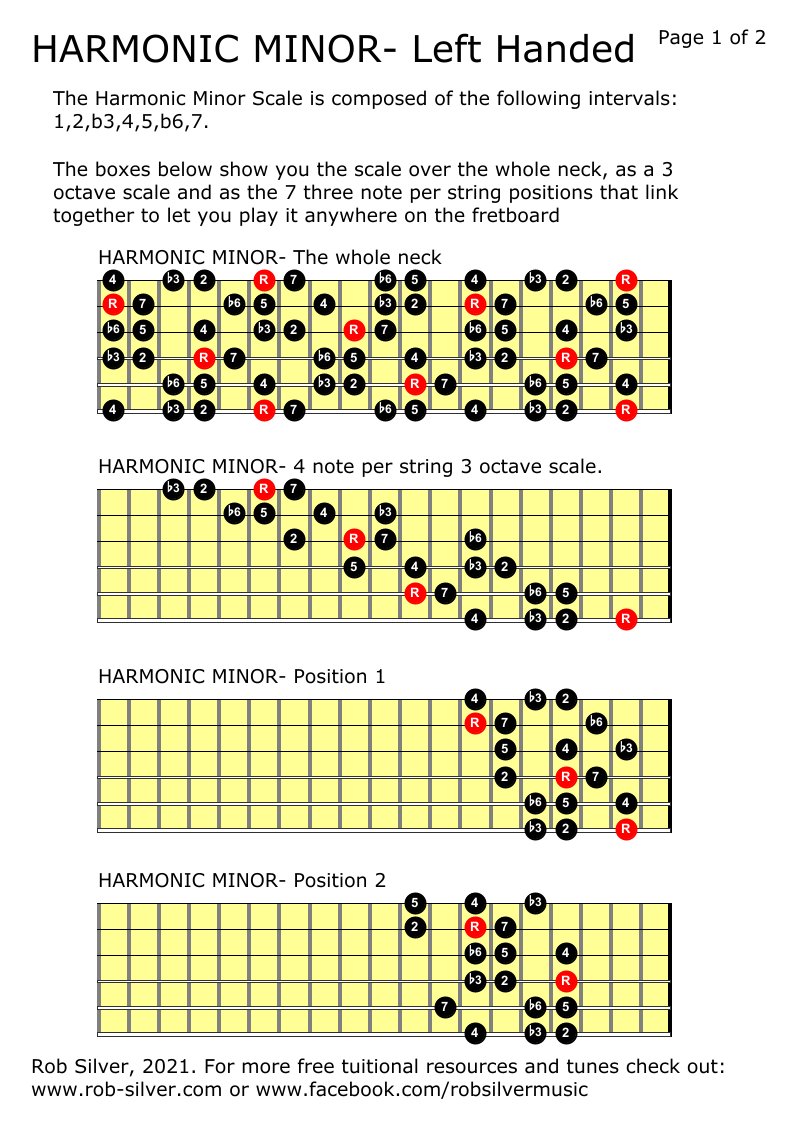

One interesting feature of the harmonic major scale is that it shares the chromatic note implied by its relative minor (if also in harmonic form).

It revolves around a tonic chord which is that stable and happy major chord we have become so familiar with, but the ♭6 lends to it a powerful darkness. So it presents some new and unique possibilities. The harmonic major scale is the only possible combination which is neither considered a part of minor scale harmony, nor derived as a mode of the major scale. We can even arrange some common scales and modes according to how “minor” they sound.

If we list all possible scales that can be produced by altering these degrees of the major scale, we’ll end up with 6 possibilities. Alterations to the fourth and fifth, such as ♯4 are described as augmented or diminished (or sometimes just “altered”, meaning either or both of the two.) Since the natural minor scale does not have ♭2, we can toss that out and say that the minor-ishness of a scale relates mostly to its 3 rd, 6 th and 7 th degrees. In any diatonic system, only the tones 2, 3, 6 and 7 are described in minor form. The minor-ness of a scale is a product of how many minor notes it has. possibility that emerges from this comparison. In this lesson, we’ll compare a few “minor-ish” scales, and talk about a new synthetic scale A new scale created from altering the common diatonic scale. In a previous lesson we talked about the harmonic minor scale, which is created for the purpose of creating new harmonies within the natural minor scale. Next→ Advanced Chord Scales Harmonic Major Scale


 0 kommentar(er)
0 kommentar(er)
